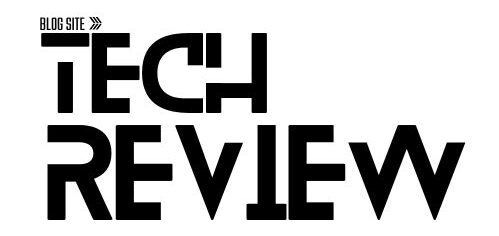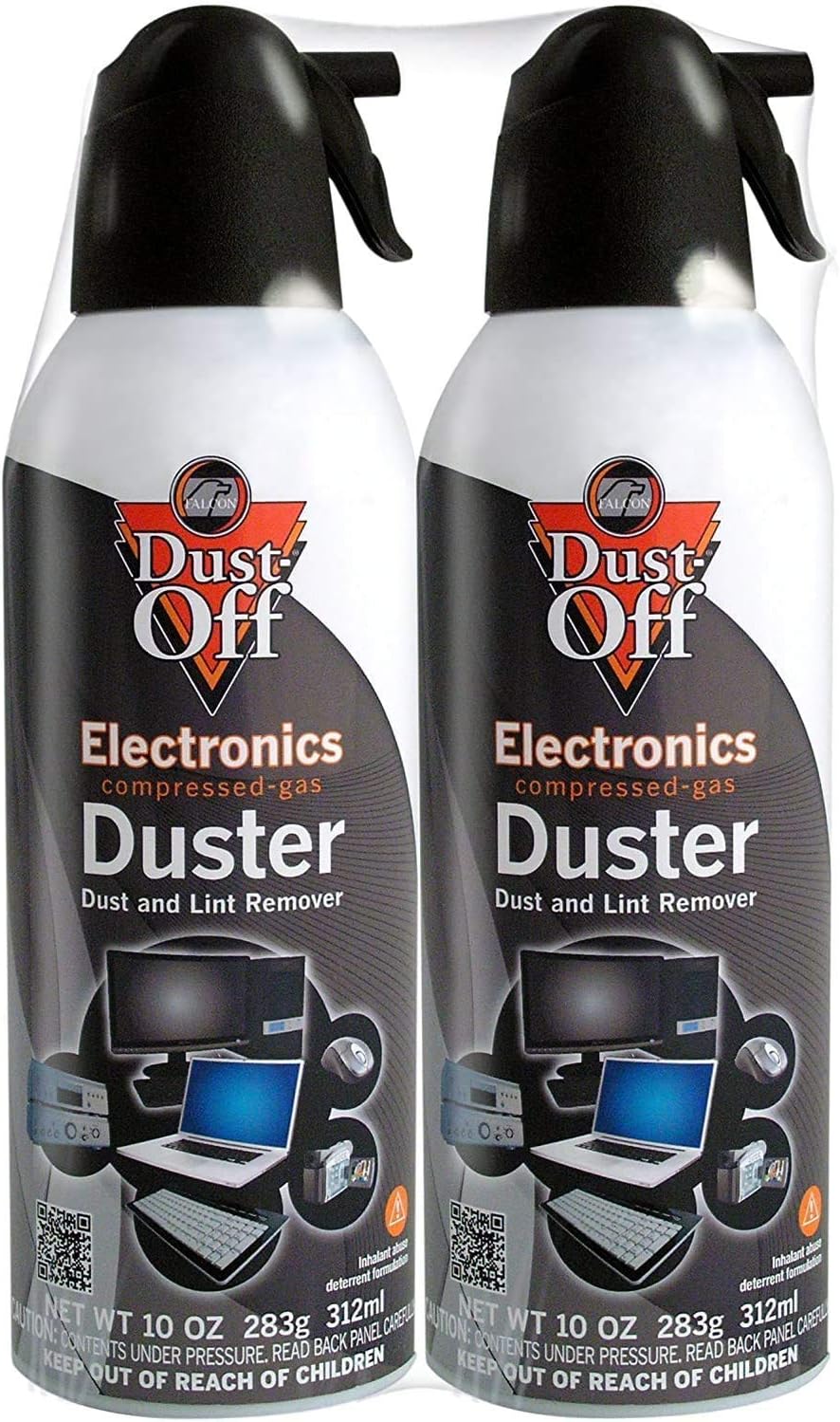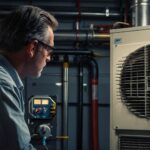Estimated reading time: 10 minutes
Introduction
Perhaps you’ve noticed a decline in FPS while gaming, slower load times, or overall sluggishness in system responsiveness. Before you dive into the forum abyss or start tweaking your overclock settings, let’s delve into common signs of PC underperformance and explore troubleshooting steps to get your rig back up to speed.
One of the telltale signs of underperformance is overheating. If your temps are soaring, it could lead to thermal throttling and reduced benchmark scores. Addressing this issue requires a meticulous approach, from ensuring proper airflow within your case to optimizing your cooling solution. Additionally, inadequate RAM can bottleneck your system, especially with modern tech and resource-demanding applications. Upgrading to 16GB or more might be the boost your PC needs to handle multitasking and demanding tasks with ease. And let’s not forget about the importance of a robust PSU. An insufficient power supply unit can cause instability and hamper your PC’s overall performance, so it’s crucial to invest in a PSU that can handle your system’s power demands.
Key Takeaways
- PC underperformance can manifest through decreased FPS, slow load times, and overall sluggishness, indicating the need for troubleshooting.
- Overheating is a common issue leading to thermal throttling and reduced benchmark scores, requiring meticulous cooling solutions.
- Inadequate RAM can bottleneck system performance, necessitating an upgrade to 16GB or more to handle modern tech demands.
- A robust PSU is essential to prevent instability and ensure optimal PC operation, matching the system’s power demands.
- GPU performance drops, CPU limitations, and aging components can create performance bottlenecks, demanding hardware optimization and upgrades.
- To prevent overheating, regular cleaning to remove dust buildup and optimizing power settings are crucial preventive measures for maintaining PC performance.
Common Signs of PC Underperformance
Are you experiencing low FPS and sluggish performance on your PC while gaming at 1080p resolution? These are common signs that your PC is underperforming. Before diving into overclocking your AMD Ryzen processor or upgrading your motherboard, consider optimizing your specs and settings. Ensure your clock speeds are stable, and if you’ve overclocked your GPU, monitor it using MSI Afterburner. Check if JavaScript is enabled in your browser for smoother browsing experiences. Upgrading to a Ryzen 7 processor and 2x DDR4 memory modules for dual-channel operation can provide a better experience in both gaming and multitasking. Don’t forget to adjust refresh rates and resolution settings for optimal performance.
Overheating Computer
In summary, diagnosing software problems is crucial for improving PC performance. By addressing issues such as a corrupted operating system, background process overload, and software conflicts, you can optimize your PC’s performance. It is recommended to use diagnostic tools and follow troubleshooting steps to effectively diagnose and resolve these software-related issues.
Addressing Performance Bottlenecks
Performance bottlenecks can severely impact the overall speed and efficiency of your PC. These bottlenecks occur when certain components of your computer limit its overall performance. By identifying and addressing these bottlenecks, you can significantly improve your PC’s performance and enhance your computing experience.
GPU Performance Drop
One common performance bottleneck is a GPU performance drop. This can occur due to various factors, such as outdated drivers or insufficient cooling. When your GPU is not functioning optimally, you may experience reduced graphics performance, slow rendering times, and even crashes during graphically demanding tasks. To address this bottleneck, it is crucial to regularly update your GPU drivers and ensure proper cooling of your graphics card. Keeping your GPU operating at optimal temperatures can help maintain its performance and prevent unnecessary performance drops.
CPU Bottleneck
Experiencing a CPU bottleneck can be frustrating, especially when you’re aiming for smooth gaming experiences at 80fps or higher. This bottleneck occurs when your CPU struggles to keep up with the demands of your tasks, leading to lower frame rates and stuttering gameplay. If you’re using a non-X variant of a processor like Radeon, upgrading to a more powerful CPU or considering overclocking might alleviate the issue. Additionally, ensuring that JavaScript is enabled in your browser is essential for accessing online resources like Tom’s Hardware guides or desktop gaming platforms like Steam. By addressing these factors and optimizing your system settings, you can minimize CPU bottlenecks and enjoy smoother gaming experiences.
Aging Computer Components
As your computer components age, they may struggle to meet the requirements of modern software and applications. This can lead to decreased performance and slower overall system speeds. To address this bottleneck, consider upgrading key components such as your RAM, storage devices, and processor. Increasing your RAM capacity, upgrading to a faster SSD or HDD, or investing in a more powerful CPU can significantly enhance your PC’s performance and ensure it meets the demands of today’s computing tasks. Additionally, optimizing your system settings through the control panel and getting around the intricacies of older hardware can provide an FPS boost and extend the lifespan of your aging computer.
| Component | Signs of Bottleneck | Solutions |
|---|---|---|
| GPU | Reduced graphics performance, slow rendering times | – Update GPU drivers regularly – Ensure proper cooling for your graphics card |
| CPU | Slow processing speeds, laggy performance | – Upgrade to a more powerful CPU – Optimize software for CPU efficiency |
| Aging Components | Decreased performance, slower system speeds | – Upgrade RAM capacity – Upgrade to a faster SSD or HDD – Invest in a more powerful CPU |
By addressing performance bottlenecks related to GPU performance drops, CPU limitations, and aging computer components, you can unlock the full potential of your PC. Take the necessary steps to optimize your hardware, update drivers, and invest in upgrades when needed. This will ensure your PC runs at its best, delivering the performance you need for your daily tasks and activities.
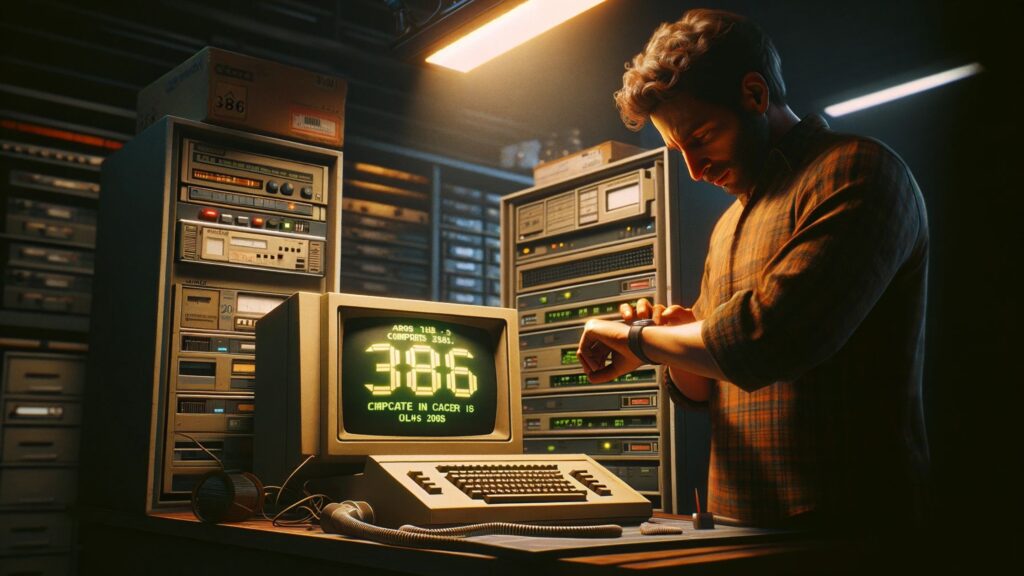
Preventing Overheating Issues
To prevent overheating issues in your system, it’s crucial to maintain proper ventilation and cooling solutions, especially if you’re using high-performance components like RTX or GTX GPUs. Overclocking these components can increase heat output, so monitor temperatures closely to avoid damage. If you’re experiencing low FPS, it could be due to thermal throttling caused by overheating. Ensure that JavaScript is enabled in your browser for optimal performance, and avoid running games or applications at low settings for extended periods. Upgrading to a RX or XT series GPU can provide better thermal performance and overall system stability, especially if you’re currently using a single channel memory configuration.
- Clean out dust buildup: Dust accumulation inside your PC can obstruct airflow and cause components to overheat. Regularly clean the internal parts of your computer, including fans, vents, and heat sinks, to remove any dust buildup and improve airflow.
- Defragment your hard drive: A fragmented hard drive can result in slower read and write speeds, causing your PC to run sluggishly. Use a disk defragmentation tool to organize and optimize your hard drive, improving overall performance.
- Optimize power settings: Inadequate power settings can cause components to work harder than necessary, generating excess heat. Adjust your power settings to balance performance and power consumption, ensuring your PC operates within safe temperature ranges.
By implementing these preventive measures, you can significantly reduce the risk of overheating and maintain optimal performance for your PC.
Did you know? Overheating can also impact your PC’s longevity. Excessive heat can cause premature aging of components, leading to potential hardware failures in the future. Taking steps to prevent overheating not only improves performance but also extends the lifespan of your PC.
To enhance the effectiveness of these preventive measures, it’s important to monitor your PC’s temperature regularly. You can use software utilities or BIOS settings to check the temperature of various components, such as the CPU and GPU. If you notice consistently high temperatures, consider additional cooling solutions, such as upgrading your CPU cooler or adding extra case fans.
Comparison of Cooling Solutions
| Cooling Solution | Effectiveness | Cost | Compatibility |
|---|---|---|---|
| Air Cooling | Good | Affordable | Compatible with most PCs |
| Water Cooling | Excellent | Higher cost than air cooling | Requires compatible PC case and components |
| Thermal Paste | Improves heat transfer | Affordable | Compatible with most CPUs and GPUs |
Note: The table above compares different cooling solutions based on their effectiveness, cost, and compatibility. Consider your specific requirements and budget when choosing a cooling solution for your PC.
Remember, prevention is key when it comes to preventing overheating issues. By following these preventive measures and monitoring your PC’s temperature, you can ensure optimal performance and protect your hardware from potential damage.

Optimizing System Updates
When it comes to optimizing system updates, ensuring that JavaScript is enabled in your browser before proceeding with any downloads or installations is essential. Disabling JavaScript can hinder the update process and lead to compatibility issues, resulting in low FPS or other performance issues. To avoid such problems, it’s best to keep JavaScript enabled and regularly check for updates from your NVIDIA drivers to your operating system. By doing so, you can maintain hi performance levels and address any potential issues that may arise.
Keeping your PC updated with the latest system updates is essential for optimal performance. However, it can be frustrating when Windows updates lag or take too long to install. To ensure smooth updates and maintain your PC’s performance, follow these tips:
- Check for pending updates regularly: Open the Windows Update settings and manually check for updates. This ensures that any available updates are installed promptly.
- Ensure a stable internet connection: A slow or unstable internet connection can cause delays in downloading and installing updates. Make sure you have a reliable internet connection to avoid any interruptions.
- Disable unnecessary background processes: Background processes running in the background can consume system resources and slow the update process. Close any unnecessary applications or processes to free up resources for the update.
- Use the Windows Update Troubleshooter: If you’re experiencing persistent issues with Windows updates, you can use the built-in Windows Update Troubleshooter. This tool can help identify and resolve common update-related problems.
By following these steps, you can optimize system updates and ensure that your PC stays up to date with the latest patches and improvements. This not only improves performance but also enhances security and stability.
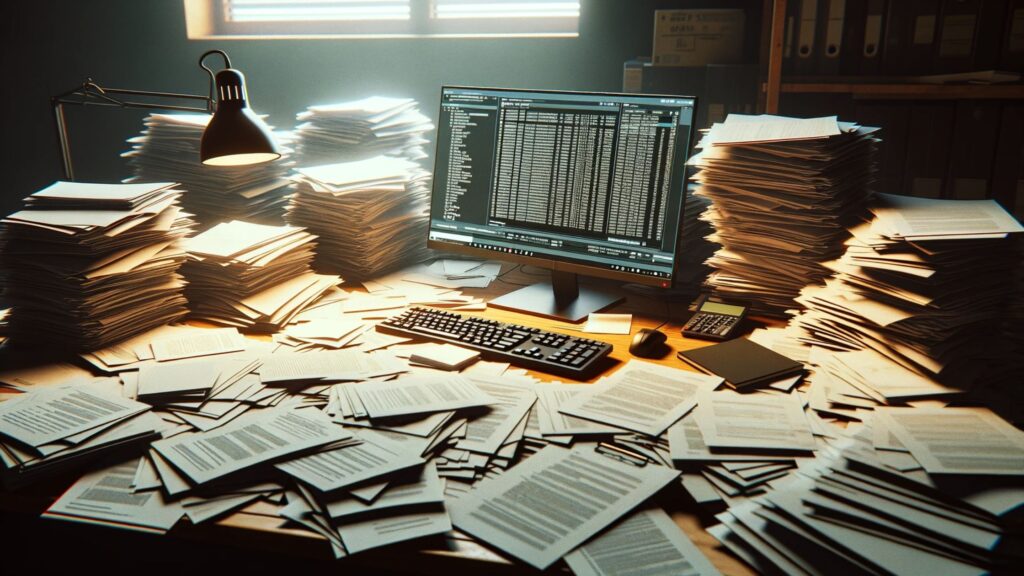
“Optimizing system updates is crucial for maintaining your PC’s performance and addressing any vulnerabilities or compatibility issues.” – PC Performance Expert
With regular updates and optimization, you can keep your PC running smoothly and avoid any potential performance issues caused by outdated software.
Mitigating Malware Impact
When it comes to mitigating the impact of malware, ensuring that JavaScript is enabled in your browser is crucial. Malware can significantly impact your system’s performance, leading to low FPS and other issues. If your system is still underperforming despite having drivers up to date, it’s essential to run tech support to identify and remove any malicious software. Reinstalling your operating system and updating chipset drivers can also help resolve malware-related performance issues. Additionally, running userbenchmark or graphics settings can provide insights into any performance discrepancies caused by malware. Whether you’re dealing with warzone or other games, addressing malware promptly is key to maintaining high performance.
Managing Startup Programs
When it comes to PC performance, excessive startup programs can be a major culprit. These programs automatically launch when you start your computer, consuming valuable system resources and slowing the boot process. By managing startup programs and disabling unnecessary ones, you can significantly improve boot times and overall PC performance.
To effectively manage startup programs, you can utilize the built-in task manager in Windows. Here’s how:
- Open the Task Manager by pressing Ctrl + Shift + Esc or by right-clicking on the taskbar and selecting Task Manager.
- Navigate to the Startup tab in the Task Manager window.
- You will see a list of programs set to launch at startup. Evaluate each program and determine if it is necessary for your daily computer usage.
- To disable a startup program, right-click on it and select Disable.
By disabling unnecessary startup programs, you can reduce the strain on your system resources and allow your computer to boot up more quickly. This will result in a smoother and faster overall PC experience.
| Program Name | Description | Recommended Action |
|---|---|---|
| Adobe Acrobat Reader | PDF reader software | Disable if not frequently used |
| Skype | Video calling and messaging application | Disable if not frequently used |
| Spotify | Music streaming service | Disable if not frequently used |
| Discord | Voice, video, and text communication platform | Disable if not frequently used |
It’s important to note that not all startup programs are unnecessary. Some programs, such as antivirus software or system utilities, are vital for the smooth operation of your computer. Be cautious when disabling any startup programs and ensure you are not disabling any essential software.
Upgrading Hardware Components
When considering upgrading hardware components, it’s crucial to assess your current settings and resolution to determine the best course of action. If you’re experiencing getting low FPS despite having a powerful GPU like RTX 3070, it might be time to run the benchmark to identify bottlenecks. Upgrading to a higher-end GPU, such as the RTX 3070 non-X, can significantly improve average FPS and ray tracing performance. Additionally, ensuring your system is running in dual channel mode, especially for laptops, can boost overall performance. Before making any upgrades, consider factors like OEM restrictions and compatibility with your pre-built system.
1. Increasing RAM Capacity
Insufficient RAM can be a major bottleneck for multitasking and running resource-intensive applications. Upgrading RAM by adding more memory modules or replacing existing ones with higher-capacity ones can improve system responsiveness and enable smoother multitasking.
2. Upgrading to a Faster SSD or HDD
If your PC’s hard drive is slowing down data access and boot times, upgrading to a faster solid-state drive (SSD) or a high-capacity, high-speed hard disk drive (HDD) can make a noticeable difference. The improved data transfer speeds will result in faster application loading times and overall snappier performance.
3. Enhancing GPU or CPU Performance
If you frequently engage in graphically demanding tasks like gaming or video editing, upgrading your graphics processing unit (GPU) can provide a significant performance boost. Similarly, upgrading your central processing unit (CPU) can help you handle intensive computational tasks more efficiently. Consider the specific requirements of your applications to determine the most suitable upgrade.
| Hardware Component | Potential Benefits |
|---|---|
| Increased RAM Capacity | Better multitasking and application performance |
| Upgraded SSD or HDD | Faster data access and boot times |
| Enhanced GPU or CPU | Improved graphics rendering and computational performance |
Upgrading hardware components can be a valuable solution to PC underperformance. Whether it’s increasing RAM capacity, upgrading to a faster storage drive, or enhancing GPU and CPU performance, these upgrades can significantly improve overall system responsiveness and efficiency. Assess your specific needs and budget to determine the most effective hardware upgrades for your PC.

- Removes dust, lint and other contaminants from hard to reach areas
- Ideal for cleaning cups, keyboards, computer mice, and workstations
- Also great for cleaning items around the home including collectibles, figurines and window blinds
- 100% ozone safe, contains no cfcs, huffs, propane or butane
- 10 oz. cans, last extra longer
Conclusion
In pondering the question why is my PC underperforming, it’s paramount to address various performance indicators such as getting low FPS, sluggishness, and slow load times. Overheating emerges as a common culprit, often leading to thermal throttling and diminished performance. By implementing meticulous cooling solutions and optimizing RAM capacity, users can take significant strides toward better system performance. Additionally, investing in a robust PSU to meet power demands and optimizing GPU settings can further enhance gaming experiences. These systematic approaches, coupled with hardware upgrades where necessary, enable users to optimize their PC’s performance and enjoy smoother gaming sessions.
Understanding the nuances of hardware components and software configurations is key to addressing getting low FPS and other performance bottlenecks. By diagnosing and mitigating issues such as overheating, inadequate RAM, and insufficient power supply, users can unlock their PC’s full potential. Whether through meticulous cooling solutions, RAM upgrades, or GPU optimizations, proactive measures pave the way for a smoother gaming experience and overall system responsiveness.
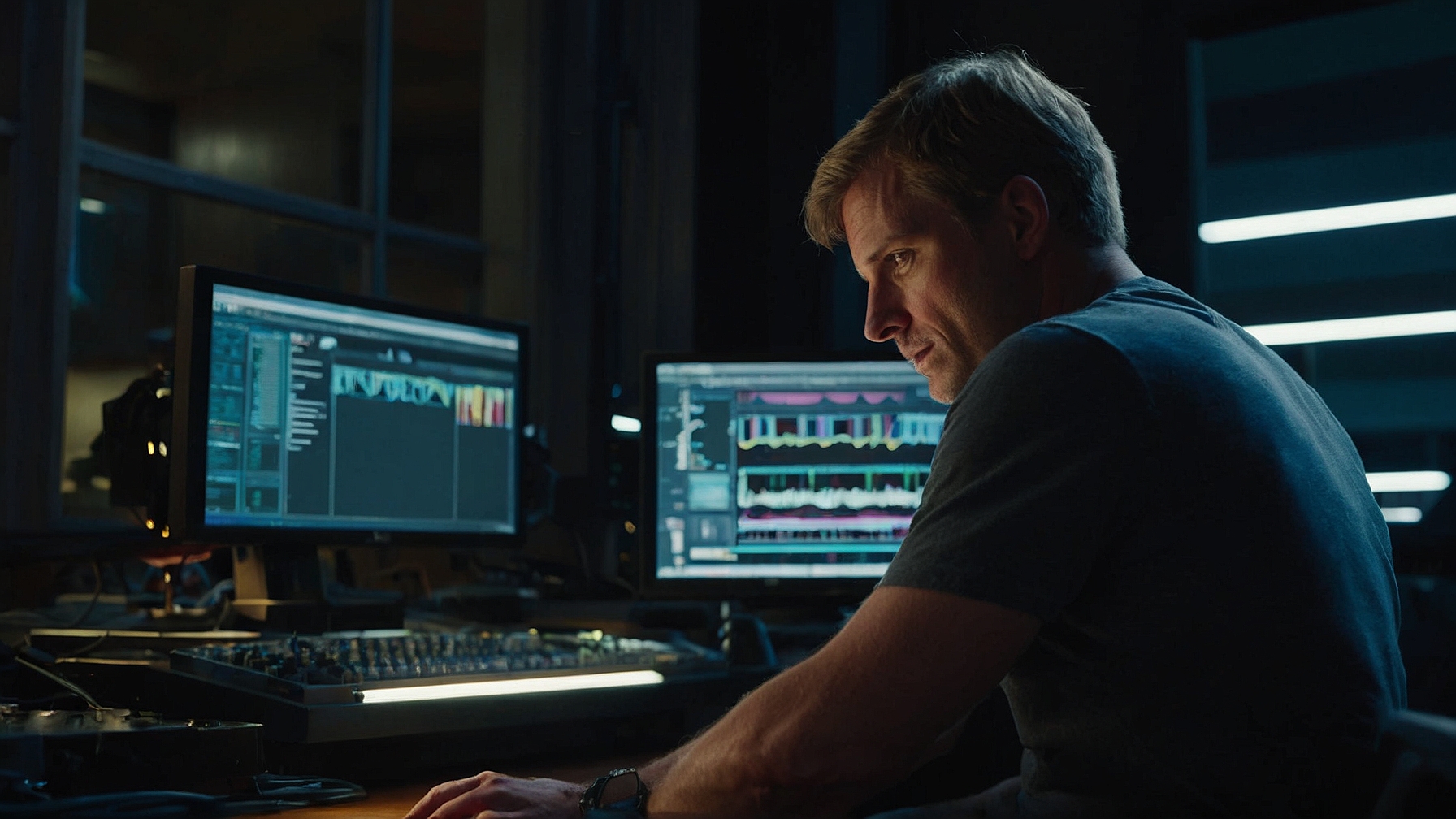
James Dunnington is a versatile professional whose career spans over 20 years, merging wildlife conservation, digital expertise, interior design, and insights into the world of technology and finance. Starting with his passion for the natural world, he explored diverse ecosystems, gaining unique insights into animal behavior. Transitioning into the digital realm, James harnessed his skills to build a successful blogging career, becoming known for his ability to significantly improve online visibility for various projects.
In parallel, he established himself as a certified interior designer, where his projects stand out for their timely completion and innovative design, endorsed by local government standards. Beyond design, James ventured into cryptocurrency and digital marketing, showcasing his adaptability and forward-thinking approach.
He also demystifies technology, offering easy-to-understand advice on the latest tech trends and cybersecurity. James Dunnington embodies a unique blend of expertise across multiple fields, from the natural environment to the digital world, making him a dynamic and multifaceted professional.
